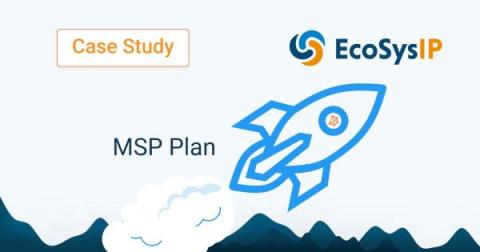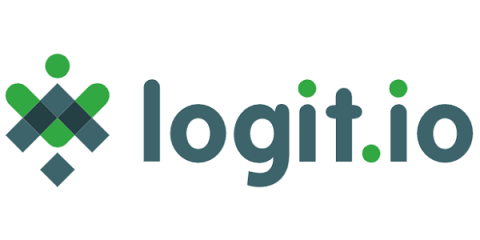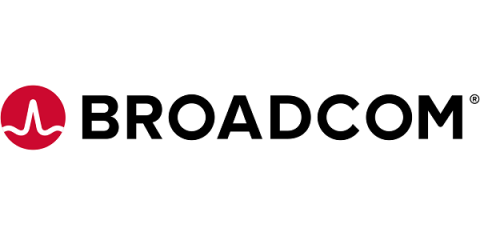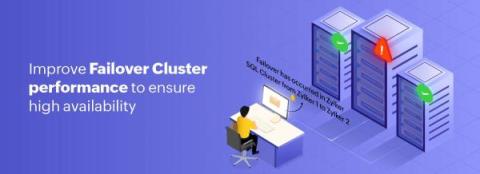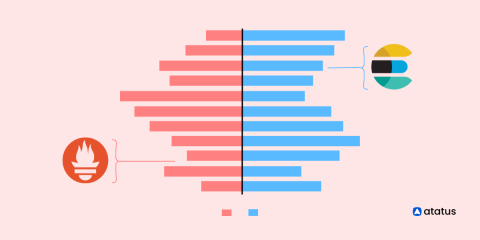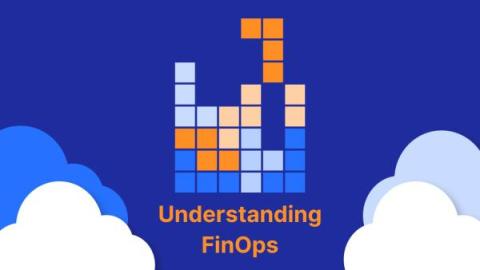Optimizing SD-WAN Monitoring and MSP Team Productivity in Co-Managed Environments with Obkio's MSP Plan
At Obkio, our mission is to provide comprehensive network monitoring and troubleshooting solutions tailored specifically for MSPs (Managed Service Providers), ensuring the proper functioning of their networks and services for their clients. MSPs are a big part of our client base and we've had the chance to chat with numerous business owners and network admins to really get to the core of their needs. Why?


